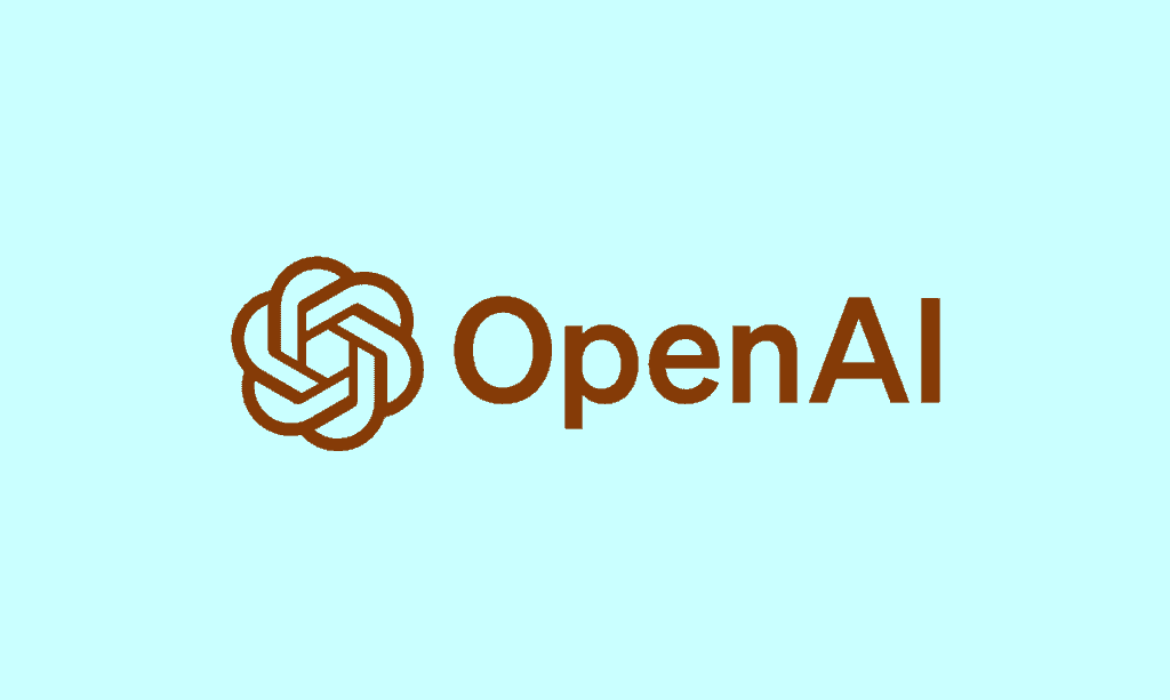Amidst the technological breakthroughs, OpenAI’s ChatGPT, built on the foundation of GPT-3.5, stands as a landmark in natural language processing. Introduced by OpenAI, it represents a progression from earlier models, showcasing advancements in deep learning and artificial intelligence. ChatGPT underwent iterative improvements, with valuable user feedback received during beta testing, reflecting OpenAI’s dedication to advancing conversational AI capabilities.Operating on a transformer neural network architecture, GPT-3.5 powers ChatGPT, employing unsupervised learning from diverse internet text to generate human-like responses. Trained to grasp patterns, context, and language nuances, it utilizes attention mechanisms for coherent text generation based on input prompts, establishing itself as a formidable conversational AI. Recently, ChatGPT for GPT-4 integrated voice and vision capabilities, including the cutting-edge DALL-E3 image model, a significant leap in visual processing. For enterprise users, ChatGPT Enterprise offers high-end features, ensuring security, expedited GPT-4 access, extended context windows, and tailored enhancements for professional settings, providing a secure, efficient, and feature-rich experience.
With a user base surpassing 2 million developers integrating ChatGPT across diverse applications, the platform records over 100 million weekly active users. Recognizing ChatGPT’s pivotal role in these users’ endeavors, maintaining their loyalty becomes a paramount business objective. This requires a proactive stance to identify and address any shortcomings, placing a central emphasis on elevating user satisfaction. Aligned with the need for ongoing information updates, this strategy acknowledges the evolving expectations of users over time. The unwavering commitment to this continuous improvement process underscores the platform’s dedication to remaining responsive to user needs within a dynamic environment.
What are the updates now?
Throughout its history of model launches, OpenAI has consistently prioritized exclusivity for developers. The newest addition to their lineup, GPT-4 Turbo, comes with six notable upgrades. This latest industry-driven model marks a significant leap forward in AI capabilities, introducing a host of advancements that redefine the landscape. Positioned as a more intelligent iteration in comparison to GPT-4, GPT-4 Turbo distinguishes itself with a range of key features.
Extended Context Length: With an impressive context length of 128,000 tokens, GPT-4 Turbo ensures heightened accuracy, staying up-to-date with information until its knowledge cutoff in April 2023.
Text-to-Speech Model: A new addition allows the generation of remarkably natural audio from text via API, offering six preset voices for users to choose from.
Custom Models: OpenAI collaborates closely with companies to develop exceptional custom models, facilitating diverse use cases through specialized tools.
Token Doubling: GPT-4 Turbo doubles the tokens per minute for all customers, making it easier to achieve more. Users can also request changes to raid limits and quotas directly in their API account settings.
Enhanced Control: Simplified JSON mode API calls empower developers to make multiple calls at once for reproducible outputs.
Improved World Knowledge: GPT-4 Turbo integrates advanced retrieval capabilities, enabling users to import knowledge from external documents or databases and mitigating concerns about outdated information.
New Modalities: Introducing DALL-E 3, GPT-4 Turbo seamlessly integrates vision and a new text-to-speech model into its API. This enables image inputs, generating captions, classifications, and analyses in six different modes, including Whisper v3.
Customization Boom: Building on the success of fine-tuning in GPT-3.5, GPT builders expand to 16k versions, empowering users to create custom models through specialized tools and a tailored RL post-training process.
Higher Rate Limits: GPT-4 Turbo boasts doubled rate limits, enhancing efficiency and responsiveness. This comprehensive suite of improvements establishes GPT-4 Turbo as a transformative force in the realm of artificial intelligence.
Copyright Shield
OpenAI staunchly supports its customers by covering the expenses incurred in legal claims related to copyright infringement, a policy applicable to both ChatGPT Enterprise and API. Despite its advanced capabilities, this model proves to be significantly more cost-effective than GPT-4, with a threefold reduction in input prompt token costs and a twofold decrease in output token costs.
In our pioneering GPT builder business model, customer protection takes center stage as we bear the legal claim defense costs. Our public and private Chat GPTs establish an industry benchmark, finely calibrated for optimal performance. They seamlessly integrate precise instructions, extensive knowledge, and swift actions, delivering an unparalleled user experience. This forward-thinking approach not only safeguards our customers but also harnesses cutting-edge AI technology to ensure efficiency and reliability. We are not merely redefining customer support; we are revolutionizing it, driven by a commitment to excellence and innovative technological solutions.
Does ChatGPT truly oppose Prompt Engineering?
Indeed, ChatGPT doesn’t possess an inherent opposition to prompt engineering; rather, it acknowledges the existence of this practice and the potential influence it can exert on the model’s behavior. OpenAI, the entity responsible for ChatGPT, appreciates the user community’s interest and creativity in experimenting with prompt engineering.
However, OpenAI emphasizes the importance of responsible usage, cautioning against manipulating the system in ways that could generate unsafe or biased outputs. The organization strives to strike a delicate balance between granting users the ability to customize their interactions and ensuring ethical, unbiased, and secure AI experiences.
In this pursuit of balance, OpenAI actively seeks user feedback, recognizing it as a valuable tool for refining the system. By consistently refining the model, OpenAI aims to enhance its behavior, address concerns arising from prompt engineering, and ultimately provide users with a more reliable and responsible AI tool. This collaborative approach underscores OpenAI’s commitment to fostering a community-driven, ethically sound environment for AI development and interaction.
Introducing GPTs: Understanding the potential of GPTs
Enthusiasts are crafting live AI commentators for video games such as League of Legends. In another scenario, a yoga instructor is leveraging image processing through their webcam, employing GPTbuilder to guide and provide real-time feedback during training sessions.
Moreover, GPTs are being employed to create stickers, forming an impressive and dynamic collection used in real-time. GPTs can also generate prompts for specific instructions when utilizing a custom model. Users have the ability to pre-sets a single assistant for a dedicated use case.
Furthermore, the visual capabilities of GPT, coupled with the Text-to-Speech (TTS) API, are harnessed for processing and narrating videos. This integration allows for a seamless blend of GPT’s visual prowess and audio narration, enhancing the overall video experience.
Custom Models
In the realm of GPT Custom models, users have the power to provide tailored instructions. By incorporating conversation starters such as Code interpreter, Web browsing, and DALL-E-3 for image generation, individuals can shape the assistant’s actions. Additionally, users can select specific functionalities within the assistant and have the option to store API data in long-term memory.
Moreover, users are granted the ability to seamlessly integrate external applications into the ChatGPT web interface. This empowers them to construct their own GPT extensions. Furthermore, envision an extension to this capability where multiple GPTs interact with one another. The possibilities are boundless, marking a significant stride towards mass adoption. Over time, the tangible results of this evolution are poised to become increasingly evident.
Summary and Reflection
In the wake of its recent updates, OpenAI is earning widespread acclaim and recognition for the substantial contributions it has made to the technological landscape. This recognition is particularly pronounced among users and, notably, resonates strongly within the developer community. The enhancements and innovations introduced by OpenAI are being hailed for their positive impact, exemplifying the organization’s unwavering commitment to advancing technology and addressing the evolving needs of its user base. This sentiment is especially pronounced among those actively engaged in software development.
The positive reception underscores OpenAI’s influential role as a trailblazer in the field, highlighting its dedication to pushing the boundaries of what is possible in technology. The acknowledgement and applause from the tech community serve as a testament to the effectiveness and relevance of OpenAI’s efforts, further solidifying its position as a leading force in shaping the future of artificial intelligence and related technologies.






